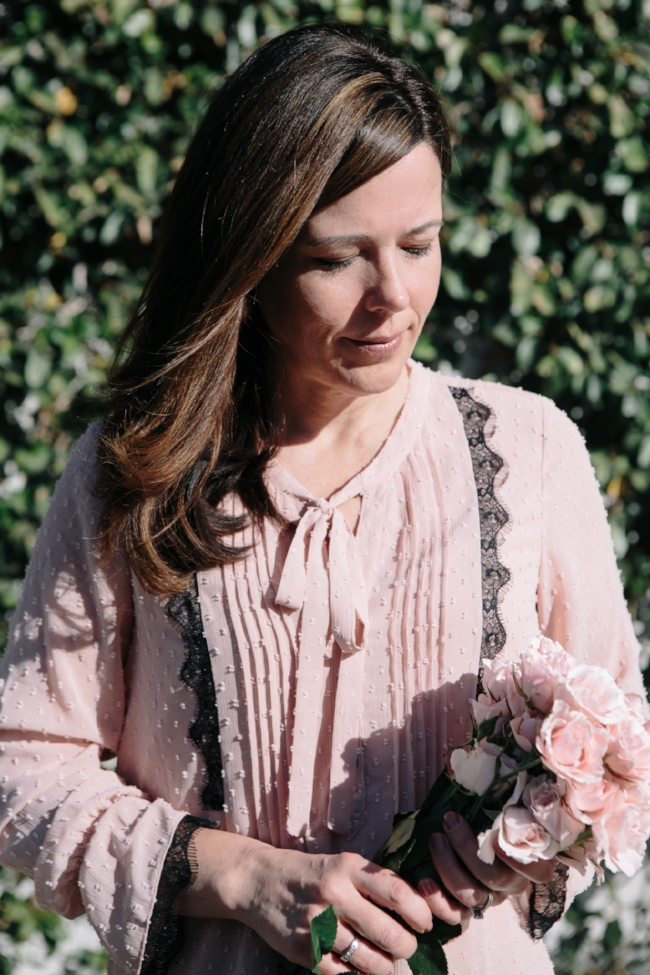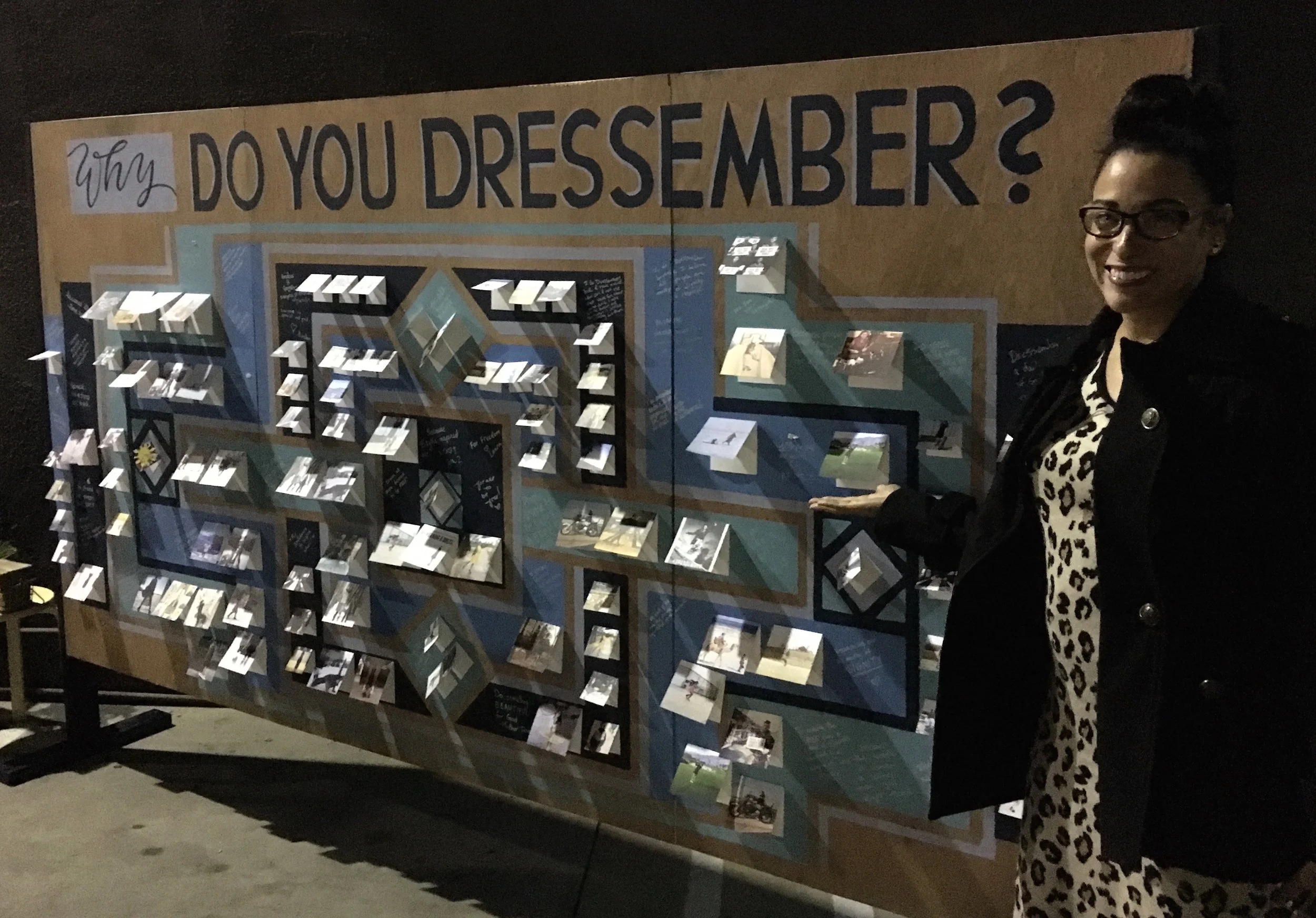Our Humans of MHT series continues with more glimpses behind the humans that sit in the chair across from you....
This time Abby invites Taz to contemplate the mysteries of being human and to discuss how practicing meditation and appreciating the arts has enriched her clinical practice.
Taz: [laughs]
Abby: Hi Taz! It’s good to speak with you today. As you know, we are doing the series of Humans of MHT where we are looking at each different therapist and asking what humanness means to them and what human feature they bring to their practice. I’m excited to specifically talk with you because you know that I find you very interesting and I’m so curious just to start off by hearing...what does humanness mean to you?
T: I’m excited to be talking with you too, although you know I’m feeling anxious about this.
A: [laughs] Which is a human emotion.
T: Which is very human. I’ve been thinking about this question “What does humanness mean to you?” I kept coming back to – I really don’t know – or that what excites me about being human is the attempt to make meaning of what it means to be human. I kept thinking about, I think it’s the Rumi poem, basically saying, “This being human thing is a guesthouse.” So, there’s something about humanness to me that has a lot to do with mystery and not ever fully knowing why we’re here. But, I guess getting excited or feeling alive by the attempt to understand why we’re here.
A: I feel like this is your biggest strength as a therapist – you don’t just tolerate unknown, you sort of thrive in the unknown. And it sounds like that’s part of what you’re getting at when you think about this idea of humanness.
T: There is something uncertain or ambiguous about being human, and it makes us vulnerable to pain or loss and then there’s this other part of my understanding of humanness that’s important – it’s about imagination, too. That we have all this strength and resources to contend with the ambiguity...that we have our imaginations to build bridges in what sometimes feels like an abyss. I think what has helped me make sense of my experience is the arts or humanities, and I look to films, or philosophy, or literature to kind of get an understanding of what it means to be human. So, I think those things to me give me the most answers or solace, not conclusions, but they help me contend with the ambiguity.
“People come to therapy often because something is hurting, something is painful, and I think what I get from meditation and from the arts is this real understanding that pain is not pathological, that it doesn’t necessarily mean that something is wrong with you, but that you’re having a human experience.”
A: This feels related to what you picked for your humanness feature, which was the practice of mindfulness and meditation. I wonder how that practice that you picked fits into this idea of humanness to you.
T: Part of the reason why I chose it as something that represents my humanness is because I feel like I have a very imperfect relationship with meditation. Like it’s not a thing – I mean recently I’ve been trying to do it every day, but I don’t feel like I’ve had this perfect, easy relationship with it, it’s been kind of complicated. And I like that it represents a place where I’ve found a certain home. In meditation I have a place to just go, it’s like a container for thoughts, feelings, sensations, and it’s expanded my relationship to myself. I found meditation, or stumbled upon it, because I was really trying to, I think, improve myself or eliminate the feelings of anxiety that I was feeling, or to alleviate stress, and I think I thought it would be this thing to become a better person or become calmer and it didn’t really happen. [laughs] I didn’t really just arrive at any other new place necessarily, but it did change my relationship to my feelings of anxiety; that I held a much more compassionate space for it.
A: I had a similar experience when I first did meditation, which was I came into it wanting to feel better. And sometimes you don’t come out of an experience of meditation feeling better, because you’re actually allowing space for you to observe all of the things that are maybe making these feelings come up for you. And so it’s interesting that you talk about the arts as a catalyst for you having creative thoughts and meaning making around humanness, and then mindfulness as the container for some of those thoughts that are happening for you.
T: That’s a nice way of putting it.
A: I like that they go together for you, and they both feel very you – that one is sparking things and the other is making space for things.
T: I guess there is a dialogue then between the two, because I think I can run wired, like I can get overwhelmed by my thoughts, and this doesn’t have to do with art, but I was thinking that some of why meditation feels so human to me too is because my dad also always talked about his meditation practice growing up.
A: He was so beyond his time, or before his time I mean!
T: I think he was getting it from hippie days, but way before this huge boom. And I remember thinking, “OK Dad, sure, great, I’m glad you have this thing you do.” But I resonate with him a lot. He and I have a lot of similar traits, character wise, just in being very introverted. So it’s also in some weird way I feel connected to him and more accepting of these traits that we both have. Growing up I also was irritated when I could see his introversion, like, “Why don’t I have a normal Dad!” So there’s something about that too that it connects to my family.
A: How do you feel like all of this shows up for you in the therapy room?
T: I think the meditation coupled with respect for the arts –I bring sort of a reverence or a respect for people’s uniqueness – like their unique expression of what it means to be human or to be embodied in this world as a human being and a humility in not really knowing. Having maybe some ideas, ways to process through pain, but not necessarily having concrete answers right away. People come to therapy often because something is hurting, something is painful, and I think what I get from meditation and from the arts is this real understanding that pain is not pathological, that it doesn’t necessarily mean that something is wrong with you, but that you’re having a human experience. So I know that plays a lot into the work that I do with clients. And a willingness to reflect, and to reflect on my own humanness and how clients’ stories will move me, or to reflect on that and to be open to that I think it also a human thing that I bring.
A: It sounds like you bring not only all of the work that you’ve done in yourself into the room, but you also try and bring your whole self into the room as an experience. As somebody to question with. As somebody to empathize with. As somebody to be in pain with. And I feel like the way that you’re talking about mindfulness, when we bring our mind into a room and it seems open I feel like that’s contagious for other people. And it sounds like that’s a lot of the work that you’ve been doing. Just to be curious, and questioning, and also containing all at the same time.
T: Ya, at least that’s the attempt. That reminds me of the word kinship – like being in kinship with; being with. That humanness is also so much about relating to others and relating to ourselves. I love how you’re making these connections and summarizing what I’m saying very well. [laughs]
A: Well now that we’re at the end...do you feel less anxious?
T: I do! It’s funny, I can trust in showing up and letting things just flow.
A: That’s the yoga Taz coming out.
T: [laughs] That is, yes.
A: Well, I’m so glad that we were able to connect today about your views on humanness and how you bring your human self into the room. And how you use the practice of meditation not only for your own work, but for your work with your clients as well. So thank you so much for talking with me.
T: Thank you Abby, thanks for making it so comfortable.
A: You’re welcome.
Taz Morgan, MA, is a Registered Associate Marriage and Family Therapist, IMF #99714, working under the supervision of Vanessa Spooner, PsyD. She has trained in Depth-oriented psychotherapy and works with adolescents, adults, and couples.
Abigail (Abby) Wambaugh, M.S., is a Registered Associate Marriage and Family Therapist, IMF #94231, working under the professional supervision of Michelle Harwell, Psy.D., MFT 50732. She specializes in treating relationship difficulties, trauma, and sexual issues.
































